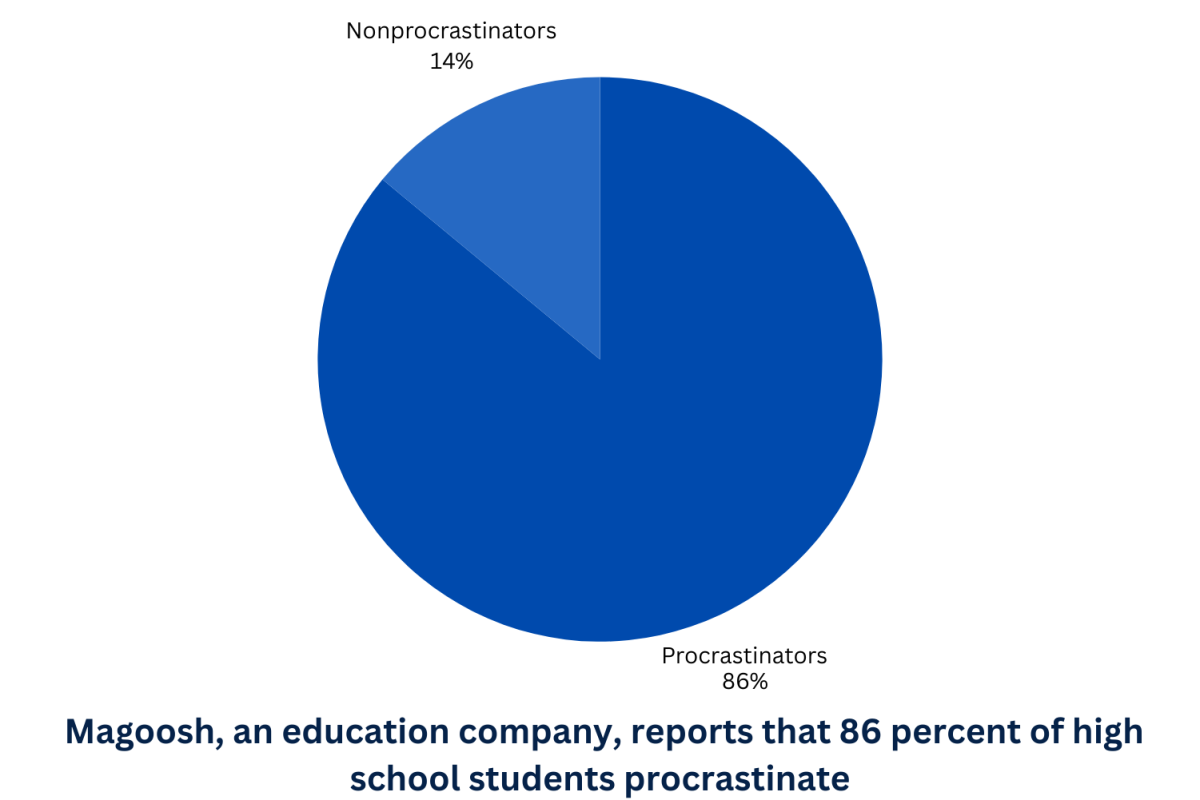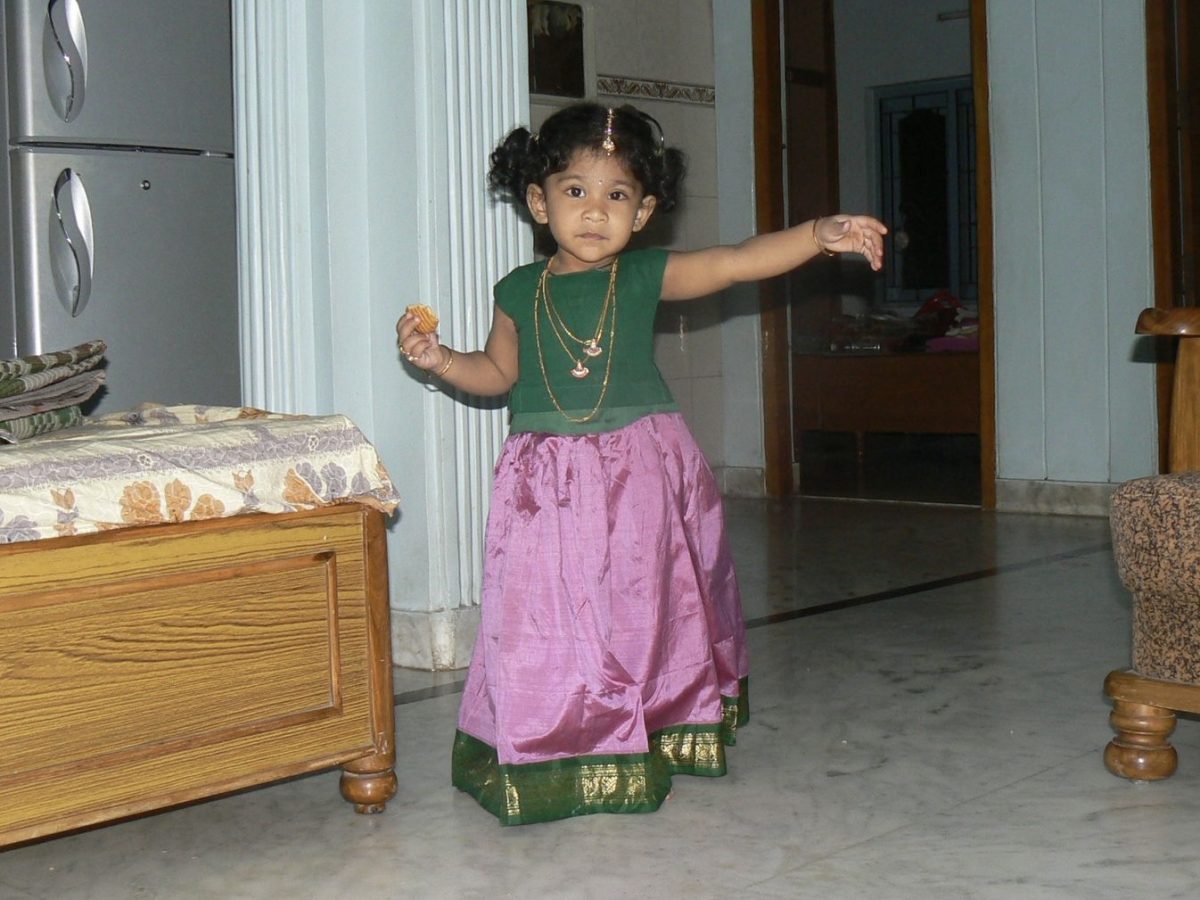“Yoga is the journey of the self, to the self, through the self.”
― The Bhagavad Gita, 6.20
Breathe in, breathe out. Streamline your drishti, your focus; center your attention on swasa, the breath; and allow the asana, the yoga pose, to help unite your body and soul.
This was my world for the years I spent practicing yoga in India before I moved to the United States at the beginning of my freshman year. I studied and practiced yoga under my teacher, who had been practicing yoga for many years himself.
Oxford Languages defines yoga as “a Hindu spiritual and ascetic discipline, a part of which, including breath control, simple meditation, and the adoption of specific bodily postures, is widely practiced for health and relaxation.”
All of this is true. Yoga wasn’t just an exercise to me; it was a way to truly connect with myself and rediscover my culture – one rich in the arts, literature, and spirituality. Yoga made me feel capable and safe and helped me throughout times of poor mental health and anxiety. Ever since I started practicing it, yoga has been my haven.
Perhaps it was when I started getting older that I started noticing people “caring” about my culture more. The same girls who laughed at me for wearing a bindi one day started to post pictures of henna adorning their hands. Other classmates who had asked me if I showered because I “smelled like curry” were suddenly gushing about how much they loved Indian food. I noticed most of all the sudden rise in the interest people showed in yoga.
At first, I was happy. While being bullied for my South Indian heritage caused me a lot of internalized racism that took me some time to overcome, I was glad that people began to appreciate my culture – but looking back, was it really appreciation?
It never sat right with me that the culture I and my South Asian peers were once bullied for was suddenly exoticized and treated like a new trend on Instagram without a single acknowledgment to the people they discovered it from. My culture isn’t just an outfit, menu or watered-down workout – it’s tradition, history and a lifestyle that millions of people abide by every day.
Cultural appropriation is the process of taking a practice from a marginalized group and turning it into something – often monetizing it as well – that benefits a dominant group, erasing its roots and connections to the minority culture.
This is what I see happening to yoga in Westernized spaces. The yoga often practiced by Western influencers is detached from its origins and purpose.
For example, yoga is often treated as merely a physical exercise such as pilates or gymnastics when it is so much more. Yoga is a fundamental part of religions such as Hinduism and Buddhism and is rooted in spirituality.
Furthermore, people throw around the word “yogi” carelessly when yogis are masters of yoga’s physical, mental, and spiritual aspects.
TikTok influencer and yoga practitioner Nikita Desai believes that preserving the authenticity and acknowledging the roots of yoga are essential to preventing appropriation.
“[When yoga was adapted to be more doable for Western practitioners], I feel like people got carried away, adding elements just to make it popular and profit from Yoga,” said Desai in a TikTok video. “It’s offensive to our religion and our culture.”
While I am against the appropriation of yoga, I still believe that yoga is for everyone. “Everyone practices yoga, whether they know it or not,” said Mrs. Carrie Keske, a yoga and pilates instructor at LHS. “[Yoga is] all about the mind and mindfulness.”
Mrs. Keske has been teaching yoga and pilates for ten years and believes that preserving the roots of yoga is important to gain the most from it. “In class, we talk about the background and philosophy and learn about the ancient limbs of yoga and how they help one achieve Samadhi, or enlightenment,” she stated.
Yoga practitioners should explicitly acknowledge yoga’s history, cultural significance, and background, not only to show respect to the communities it is derived from, but also to expand its influence and help more people.
After all, a tree is incapable of growing without its roots.







